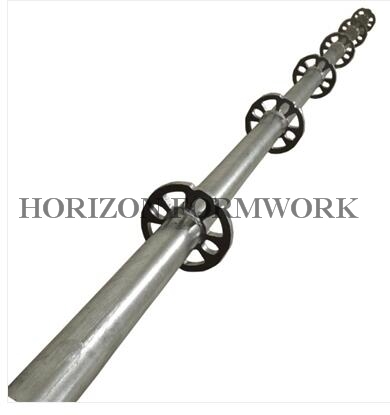Nov . 17, 2024 06:44 Back to list
permanent formwork for concrete slabs manufacturer
The Rise of Permanent Formwork for Concrete Slabs A Comprehensive Overview
In the ever-evolving construction industry, efficiency, sustainability, and durability have become paramount considerations for builders and architects alike. One notable advancement that aligns seamlessly with these goals is the use of permanent formwork for concrete slabs. As a robust solution for structural applications, permanent formwork presents a myriad of benefits that are reshaping the way concrete structures are conceived, designed, and constructed.
What is Permanent Formwork?
Permanent formwork refers to a molding system used during the casting of concrete slabs that remains in place after the concrete has cured. Unlike traditional formwork, which is temporary and removed post-curing, permanent formwork serves both as a mold and an integral part of the structure. Manufacturers have developed various materials for permanent formwork, including plastic, metal, and composites, ensuring versatility to meet diverse architectural and structural requirements.
Advantages of Permanent Formwork
1. Time Efficiency The use of permanent formwork significantly reduces the construction time. The traditional formwork systems require multiple setups and removals, which not only consumes time but also demands more labor. With permanent formwork, the installation can be completed faster, allowing for a swifter project completion.
2. Cost-Effective Investing in permanent formwork can lead to cost savings in the long run. While the initial investment might be higher compared to temporary systems, the reduced labor costs and elimination of formwork rental or purchasing expenses can lead to significant financial benefits. Moreover, the durable nature of permanent formwork reduces maintenance and repair costs over the lifecycle of the structure.
3. Enhanced Insulation Permanent formwork systems often feature insulating properties, providing excellent thermal performance. This helps maintain consistent indoor temperatures and reduces heating and cooling costs, contributing to energy efficiency in buildings.
permanent formwork for concrete slabs manufacturer

4. Structural Integrity Being an integral part of the concrete slab, permanent formwork adds to the overall strength and durability of the structure. It can contribute to improved resistance against environmental factors, such as moisture and pests, which can compromise building integrity over time.
5. Sustainability With the growing emphasis on eco-friendly construction practices, permanent formwork options have emerged that prioritize sustainability. Many manufacturers are producing formwork systems made from recycled or recyclable materials, thereby minimizing waste and the environmental impact of construction projects.
6. Versatility in Design The flexibility offered by permanent formwork allows architects to explore innovative designs that were previously difficult to achieve with conventional methods. The wide variety of formwork materials and configurations enables the creation of unique shapes and structures, enhancing aesthetic appeal while retaining functionality.
A Look at the Manufacturing Process
The manufacturing of permanent formwork requires a meticulous approach to ensure quality and reliability. Manufacturers utilize advanced technologies to produce formwork systems that can withstand the rigors of concrete pouring and curing. Quality control measures are implemented at every stage, from material selection to final finishing, to ensure that the products meet industry standards and client specifications.
Moreover, manufacturers focus on continuous improvement and innovation, regularly updating their designs and materials to keep pace with technological advancements and market demands. Collaborating with architects and contractors during the design phase enhances the adaptability of permanent formwork to specific project requirements.
Conclusion
As the construction industry continues to embrace modern techniques and materials, permanent formwork for concrete slabs stands out as a groundbreaking development. Its ability to streamline construction processes, promote sustainability, and enhance structural integrity makes it an attractive choice for contemporary projects. With ongoing advancements by manufacturers, the future of permanent formwork looks promising, paving the way for even more innovative solutions in building design and construction. Embracing this technology is not only a step towards efficiency but also a commitment to building a sustainable future.
-
High-Quality U Head Jack Scaffolding – Reliable Scaffolding Jack Head Manufacturer & Factory
NewsJul.08,2025
-
High-Quality I Beam H20 Leading Timber Beam H20 Material Factory, Exporters & Manufacturers
NewsJul.08,2025
-
High-Quality Powder Coating Steel Formwork - Durable & Corrosion Resistant Solutions
NewsJul.07,2025
-
Inclined Column Formwork Supplier – Durable & Precise Solutions for Unique Structures
NewsJul.07,2025
-
High-Quality Water Stop Solutions Trusted Water Stop Company & Suppliers
NewsJul.07,2025
-
High-Quality Formwork Material Supplier Reliable Manufacturer & Factory Solutions
NewsJul.06,2025